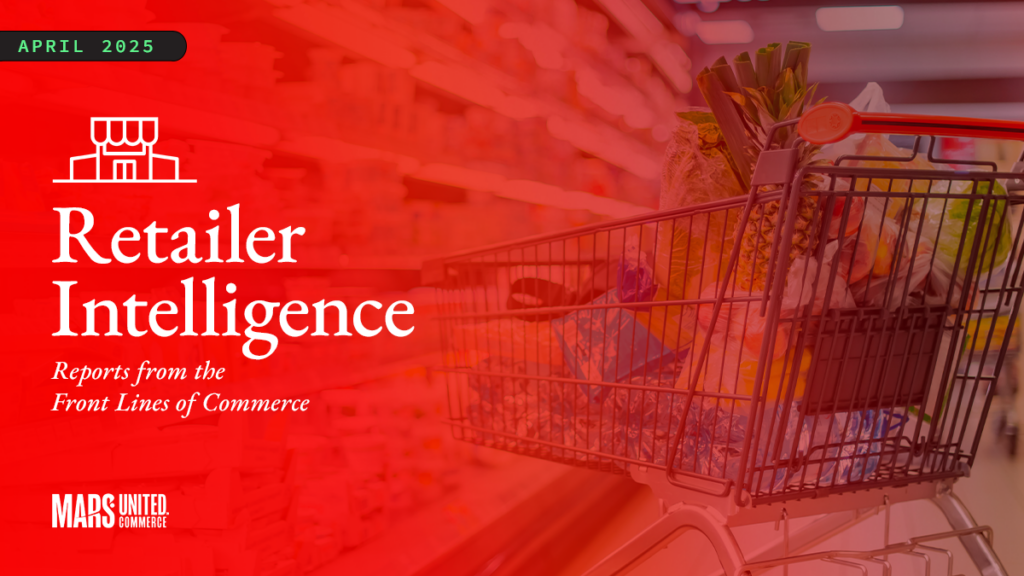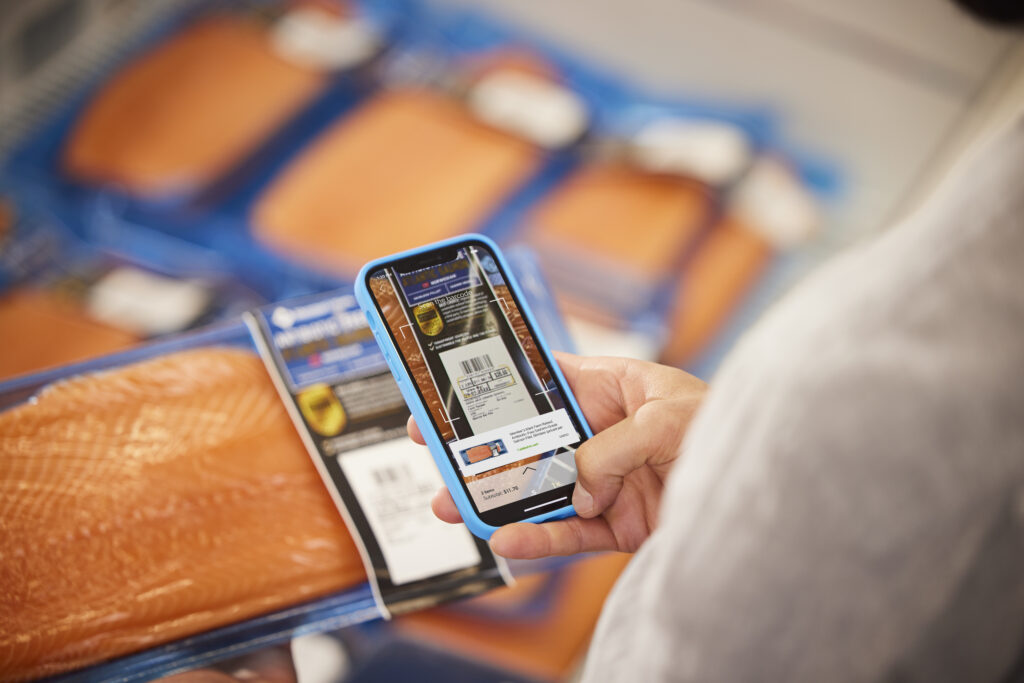By Michella Chiu, The Mars Agency
The alcohol market changes quickly, a fact well illustrated in 2021 by trends in sales for hard seltzer.
Since 2018, hard seltzers have ignited magnitudes of market crazy, with White Claw dominating the category. As recently as March 2021, industry leaders were still talking about growth initiatives like Diageo’s huge investment in its ready-to-drink canning facilities.
But while grocery sales overall have continued to grow, rising 2.8% to $661.74 billion year-to-date through September 2021 according to the U.S. Census Bureau (partly due to inflation and COVID-related changes in shopping habits), the popularity of hard seltzers suddenly began to fade last fall: In October, Boston Beer Chairman Jim Koch told CNBC that his company threw away millions of cases of Truly hard seltzer in response to a rapid deceleration of growth.
While the slow down in seltzer sales can be attributed to the post-pandemic reopening of restaurants (where people often find cocktail drinking a more interesting option), it’s the latest sign of how volatile the market can be. And strategic thinking in the category needs to look beyond the dichotomy of on-premise versus off-premise consumption to seek growth opportunities in deeper layers that consider various shopping preferences and purchase drivers. The rapid rise in online alcohol buying since the pandemic began has made this even more critical.
For instance, according to a shopper purchase behavior study conducted by the Path to Purchase Institute in August, 79% of alcohol shoppers care most about variety or flavor, and 76% care most about price. With those triggers in mind, private label wines such as Amazon’s Cursive and Walmart’s Winemakers Selection are doing many things correctly:
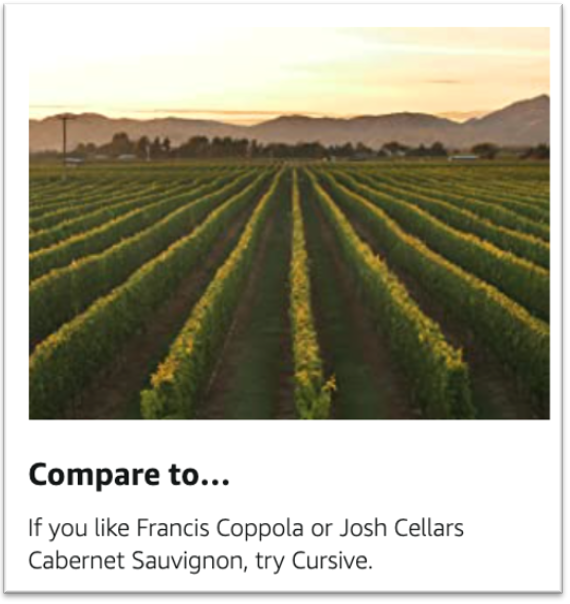
catching the 57% of shoppers who strongly prefer shopping for alcohol in grocery stores (according to the P2PI report), offering great value in the $5-10 price range, and emphasizing great taste comparable to well-established brands.
Amazon’s recent marketing of Cursive is a good example to learn from. On Amazon.com, Cursive’s enhanced content even calls out direct competitors explicitly: The image at right is below-the-fold content for Cursive Cabernet Sauvignon California, 750 mL, on Amazon.com.
And if you think Amazon’s marketing is only powerful online, carefully designed signage in Amazon Fresh stores that lead you step-by-step to Cursive wines will prove you wrong:
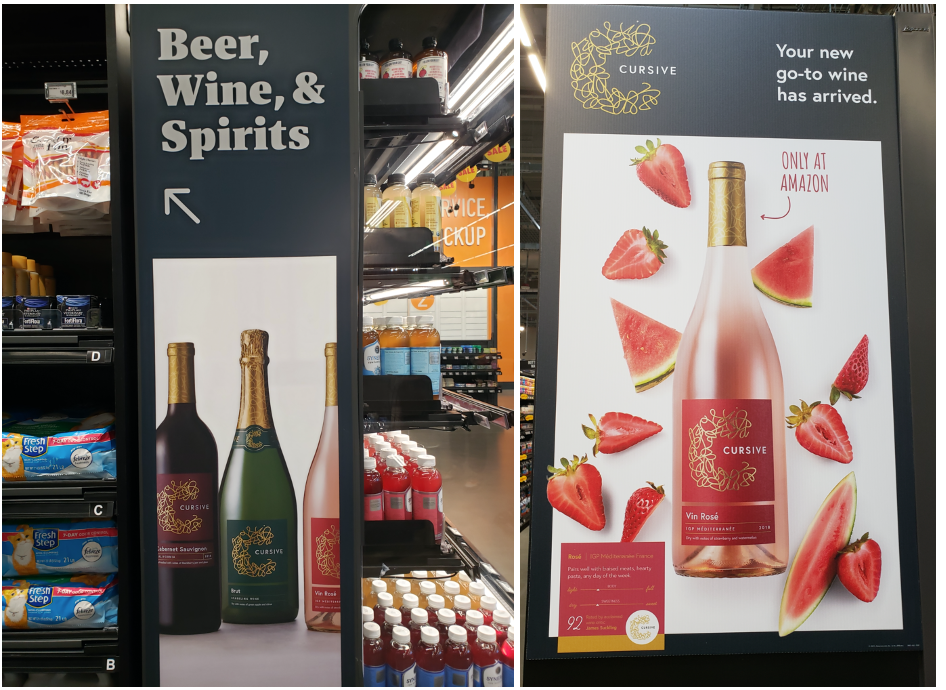
In case the directional signposting isn’t enough to persuade shoppers to buy Cursive wines, the brand can be found under this at-shelf message:
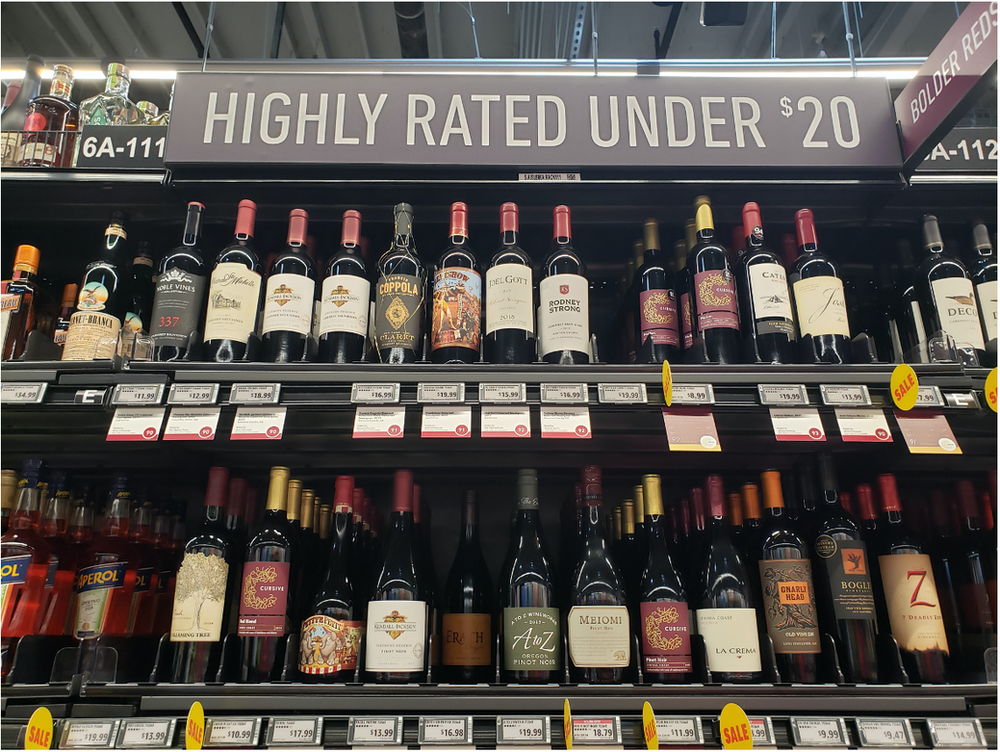
Most importantly, the same infographics that introduce the product on-shelf can also be found online to connect all shopper touch points:
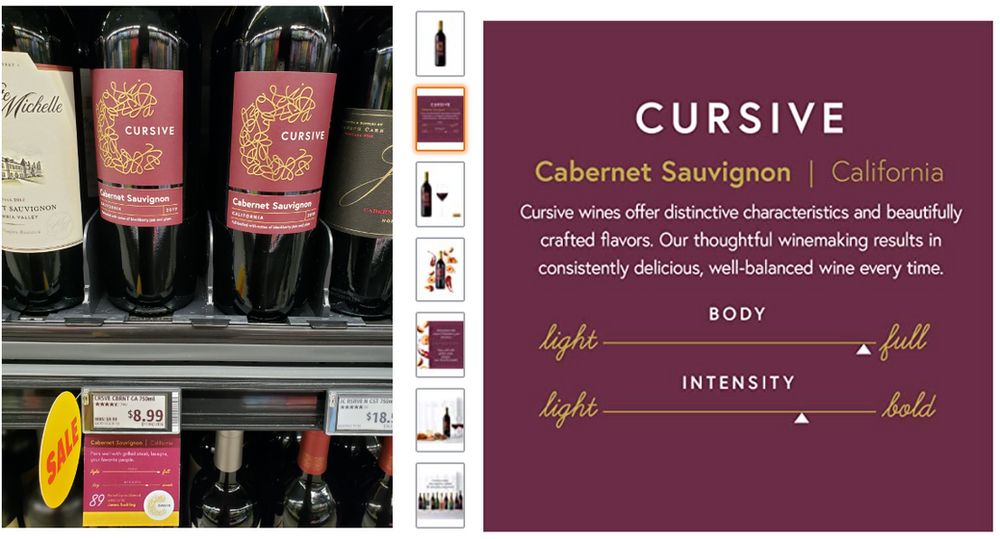
The other implication here for brands is the need to respond very quickly: private label wines like Cursive can be the most dangerous competitors because they enjoy the support of robust retailer resources.
We used to think that the brick-and-mortar aisle has a retailer-driven planogram, but the digital shelf has a consumer-driven planogram because ratings and reviews come into play. With private label alcohol brands entering the battlefield, however, the digital shelf is gradually becoming another retailer-driven planogram: Amazon.com often gives its private labels the prime top-left real estate on search results pages. (Why? Because English speakers naturally read from left to right.) By doing so, Amazon is sacrificing short-term ad revenue to build up brand equity and sales for its private brands.
Obviously, what brands can do to reach omnichannel shoppers is largely dictated by the retailer. But thinking beyond tactical execution, there is a lot more that marketers can do at the strategic level to strengthen their brand messaging. What many alcohol brands are struggling with right now is how to connect with shoppers on deeper levels beyond aroma and taste so they won’t skip the alcohol aisle in the first place. Here are a few ideas:
Lifestyle pairing: Many alcohol brands already know that food pairing is effective, but “lifestyle pairing” can be a complementary idea. Sophia Shaw-Brown of category-specific research house IWSR believes that, while low-alcohol products gained popularity as part of the “better-for-you” trend, the sub-category in general struggles to grow because of its focus on health rather than moderation, which can confuse the marketing message.
The growing popularity of seafood eating — which aligns with consumer interest in health & wellness but also sustainability — offers a natural fit for light-style wines or spirits as a lifestyle package to build a story around.
Weather pairing: Aligning your brand with a particular season isn’t new (think of the way Corona Light associates itself with summer). But artificial intelligence/machine learning makes it possible for marketers to understand how the weather will impact when consumers are likely to shop, what channels they’ll use and which products they’re likely to purchase, allowing brands to better tailor and target their storytelling.
Be creative in-store. Consider all the senses. Inside Amazon Fresh stores, Alexa devices are installed for product recommendations. Research from Vibenomics finds that 77% of shoppers are influenced by audio messages. This suggests that in-store audio can drive foot traffic to the alcohol aisle and even to particular product selections.
Ideas like these can be used to help brands connect with consumers over the dinner table. They can also be the starting point to understand the different ways of reaching local shoppers versus wine club subscribers. Good omnichannel marketing fulfills the needs of brands, shoppers and retailers by providing more occasions for purchase. With this framework in mind, marketing “sweet spots” can be identified that can drive brand sales while elevating the visibility of the alcohol category as a whole.

About the Author
Michella Chiu is the Director of eCommerce Strategy at The Mars Agency. She is also a sommelier of wine and spirits and an aspiring Certified Wine Educator (CWE) who holds a Wine and Spirit Education Trust (WSET) Level 3 Advance certificate.

